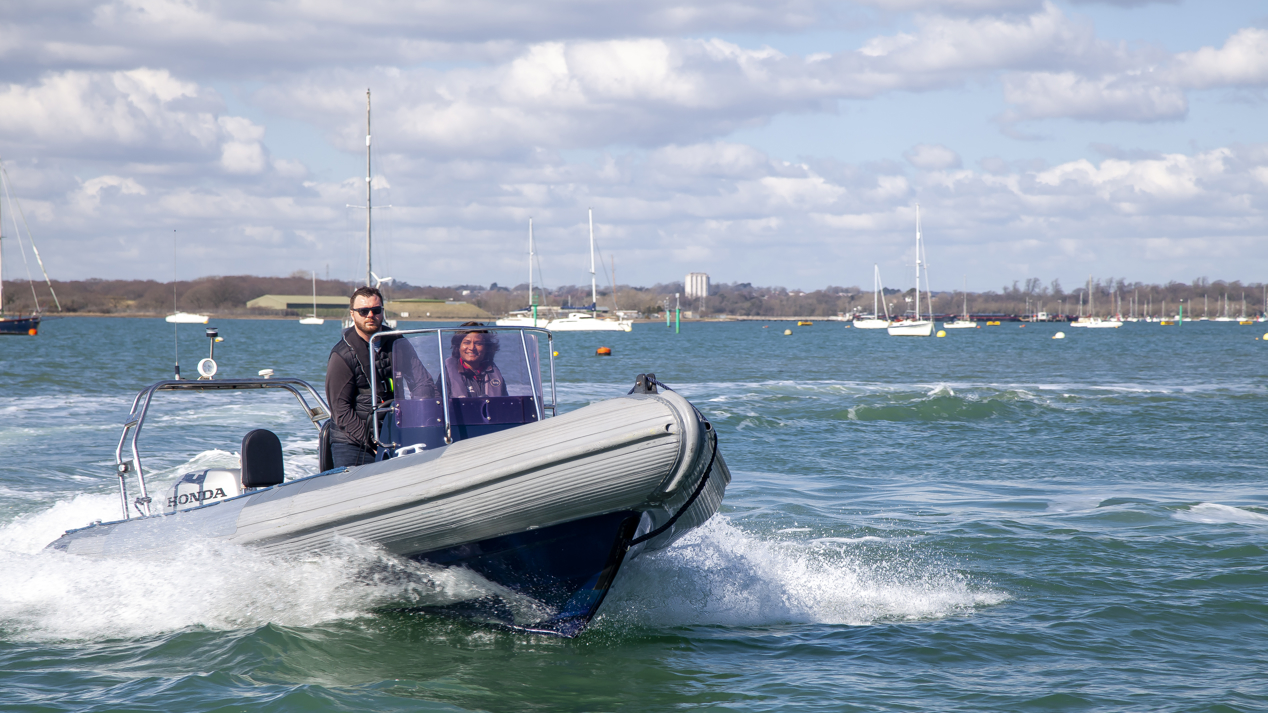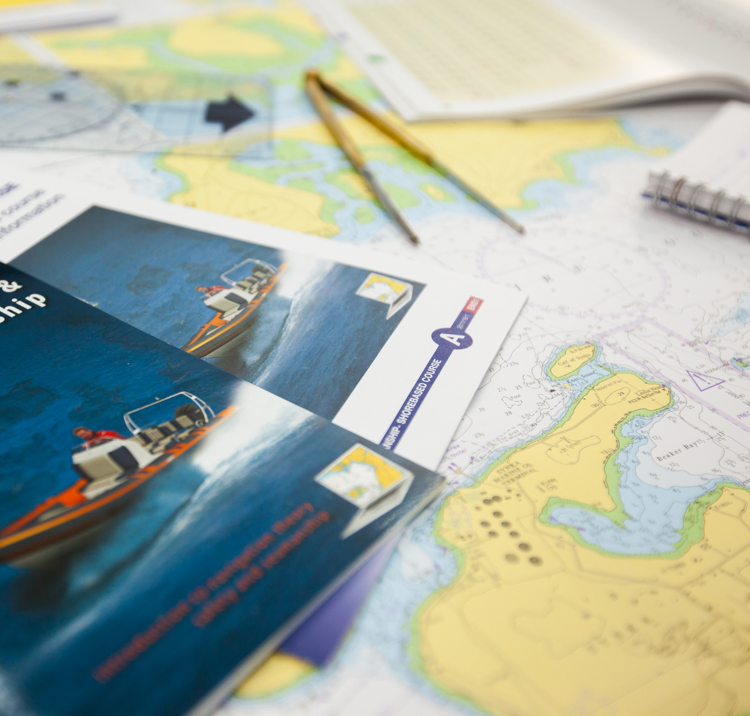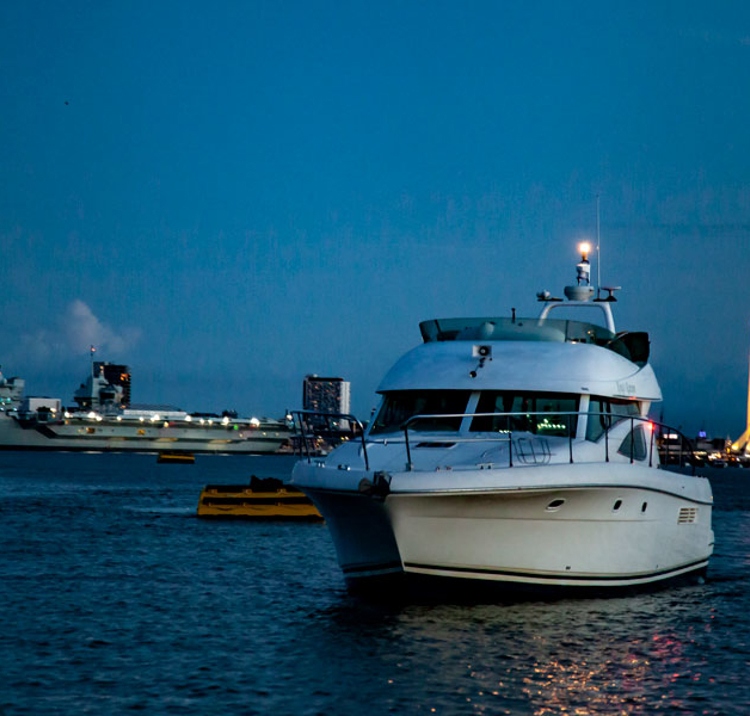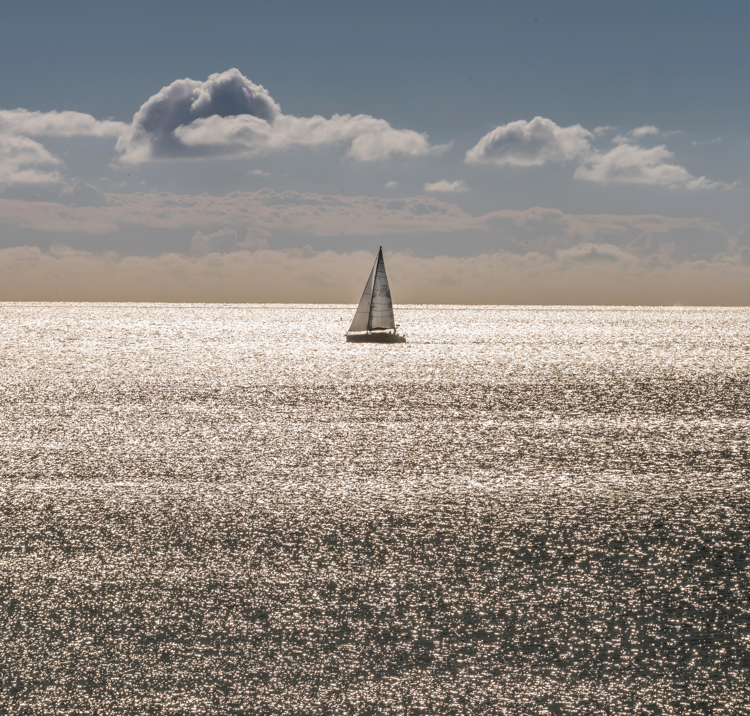Passage planning and navigation
Explore comprehensive resources on passage planning, e-navigation advancements, and effective navigation strategies and mariner alerts to help you stay safe on the water.
Explore our safety hub
For more information about staying safe on the water visit the RYA Safety hub.







